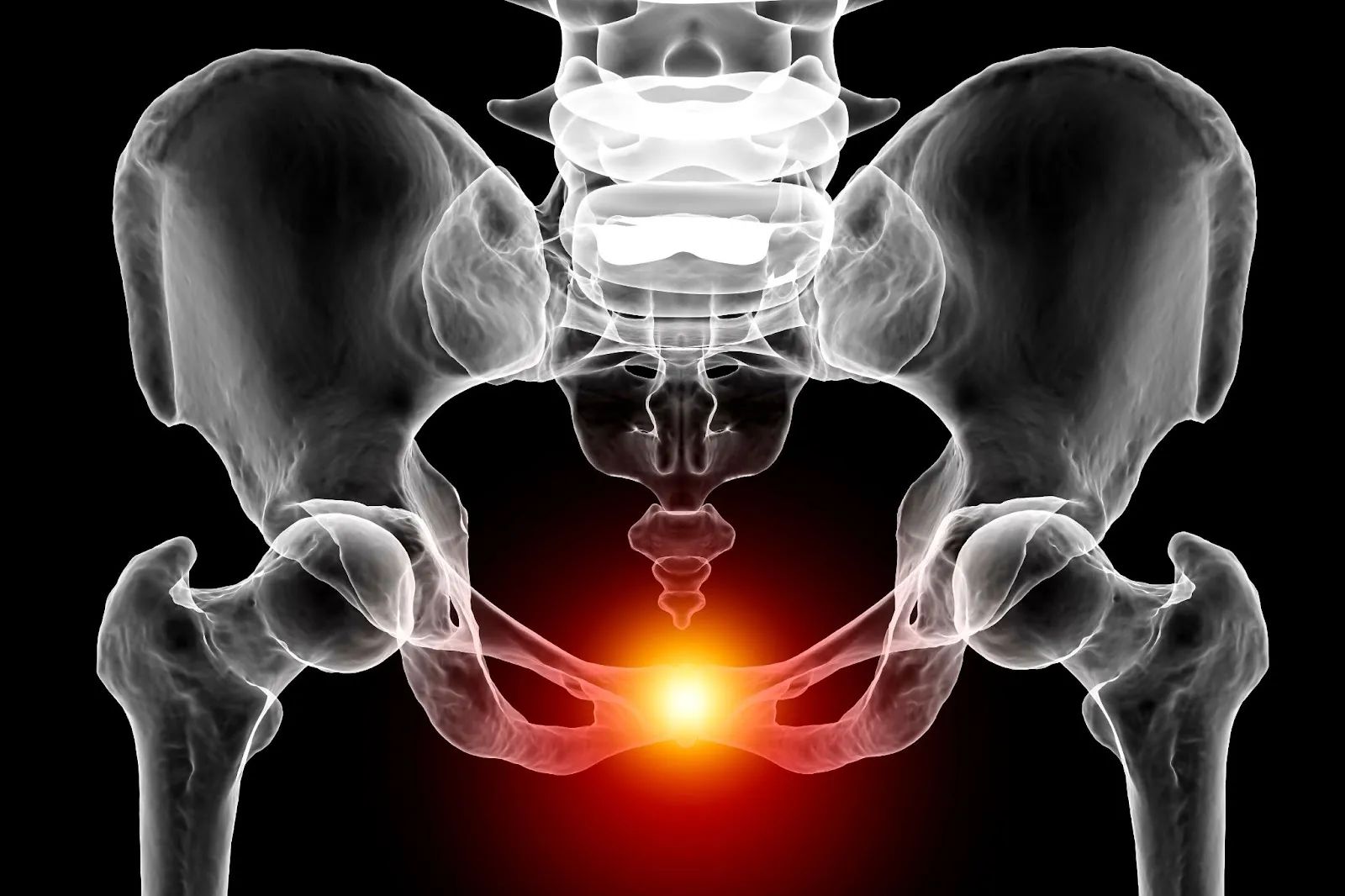
What is the pubis? The pubis is one of the three bones that make up the pelvis. Located at the front of the pelvic girdle, it plays a crucial role in supporting the body's weight during sitting and standing. This bone connects with the ischium and ilium, forming a sturdy structure that protects vital organs like the bladder and reproductive organs. The pubis also provides attachment points for muscles involved in movement and stability. Understanding the pubis helps us appreciate its importance in everyday activities and overall health. Let's dive into some fascinating facts about this essential part of our anatomy!
What is Pubis?
The pubis is a part of the pelvis, located at the front of the pelvic girdle. It plays a crucial role in supporting the body's weight and providing attachment points for various muscles. Here are some fascinating facts about the pubis.
- The pubis is one of three bones that make up the pelvis, along with the ilium and ischium.
- It forms the front portion of the pelvic girdle.
- The pubic symphysis is a cartilaginous joint that connects the left and right pubic bones.
- This joint allows for slight movement, which is essential during childbirth.
- The pubis helps support the weight of the upper body when sitting and standing.
- It provides attachment points for muscles involved in movement and stability.
- The pubic arch is formed by the convergence of the pubic bones at the front of the pelvis.
- The angle of the pubic arch can differ between males and females, with females typically having a wider angle.
- The pubis is covered by a layer of fat and skin, which can vary in thickness among individuals.
- The pubic hair that grows in this region serves as a protective barrier against friction and infection.
Functions of the Pubis
The pubis is not just a static bone; it has several important functions that contribute to overall body mechanics and health.
- It plays a role in maintaining posture and balance.
- The pubis helps protect internal organs located in the pelvic region.
- It serves as a point of attachment for the rectus abdominis muscle, which is involved in flexing the spine.
- The adductor muscles, which are responsible for moving the legs toward the body's midline, also attach to the pubis.
- During pregnancy, the pubis supports the growing uterus.
- The pubic symphysis can become more flexible during pregnancy to facilitate childbirth.
- The pubis helps absorb shock and distribute forces during activities like walking and running.
- It contributes to the stability of the pelvic girdle, which is essential for efficient movement.
Pubis in Different Species
The structure and function of the pubis can vary significantly across different species, reflecting their unique evolutionary adaptations.
- In birds, the pubis is oriented backward, which helps in flight by reducing the weight of the pelvic region.
- Dinosaurs had a similar backward-oriented pubis, which is believed to have contributed to their bipedal locomotion.
- In mammals, the pubis is more robust and forward-facing, supporting a wide range of movements.
- Some reptiles have a pubis that is fused with other pelvic bones, providing additional stability.
- The pubis in amphibians is less developed, reflecting their simpler locomotion needs.
- Fish have a pelvic girdle, but it is not as specialized as in land-dwelling animals.
Health and Medical Aspects
The pubis can be affected by various medical conditions and injuries, which can impact its function and overall health.
- Pubic symphysis dysfunction is a condition where the joint becomes overly mobile, causing pain and discomfort.
- Osteitis pubis is an inflammation of the pubic symphysis, often seen in athletes.
- Fractures of the pubis can occur due to trauma, such as car accidents or falls.
- Pubic fractures can be particularly serious in elderly individuals due to their decreased bone density.
- Treatment for pubic injuries often involves rest, physical therapy, and sometimes surgery.
- Maintaining strong and flexible muscles around the pubis can help prevent injuries.
- Hormonal changes during pregnancy can affect the pubic symphysis, leading to conditions like symphysis pubis dysfunction.
- Regular exercise and a healthy diet can contribute to the overall health of the pubic region and the pelvis as a whole.
Final Thoughts on Pubis
Understanding the pubis isn't just about anatomy; it's about appreciating how our bodies function. This small yet significant part of the pelvis plays a crucial role in supporting our organs, aiding movement, and even impacting our posture. Knowing these facts can help you better understand your own body and its complexities. Whether you're a student, a health enthusiast, or just curious, these insights can be quite enlightening. Remember, every part of our body has a purpose, and the pubis is no exception. So next time you think about your pelvis, give a nod to the pubis for all it does. Knowledge is power, and now you're a bit more powerful. Keep learning, stay curious, and never underestimate the importance of even the smallest parts of your anatomy.
Was this page helpful?
Our commitment to delivering trustworthy and engaging content is at the heart of what we do. Each fact on our site is contributed by real users like you, bringing a wealth of diverse insights and information. To ensure the highest standards of accuracy and reliability, our dedicated editors meticulously review each submission. This process guarantees that the facts we share are not only fascinating but also credible. Trust in our commitment to quality and authenticity as you explore and learn with us.
